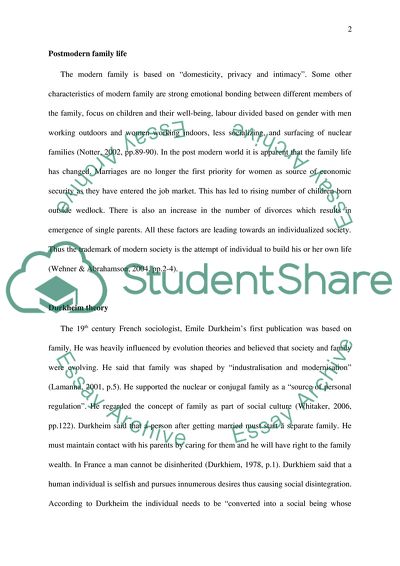Cite this document
(Changes in Family Life: Post Modernism Coursework, n.d.)
Changes in Family Life: Post Modernism Coursework. https://studentshare.org/social-science/1775802-outline-and-explain-aspects-of-changes-in-family-life-by-using-at-least-two-theoretical-approaches
Changes in Family Life: Post Modernism Coursework. https://studentshare.org/social-science/1775802-outline-and-explain-aspects-of-changes-in-family-life-by-using-at-least-two-theoretical-approaches
(Changes in Family Life: Post Modernism Coursework)
Changes in Family Life: Post Modernism Coursework. https://studentshare.org/social-science/1775802-outline-and-explain-aspects-of-changes-in-family-life-by-using-at-least-two-theoretical-approaches.
Changes in Family Life: Post Modernism Coursework. https://studentshare.org/social-science/1775802-outline-and-explain-aspects-of-changes-in-family-life-by-using-at-least-two-theoretical-approaches.
“Changes in Family Life: Post Modernism Coursework”. https://studentshare.org/social-science/1775802-outline-and-explain-aspects-of-changes-in-family-life-by-using-at-least-two-theoretical-approaches.


